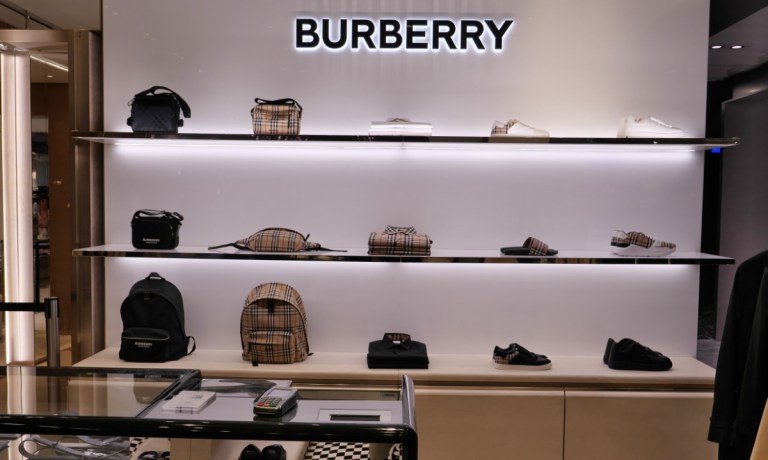
Luxury brands have begun lowering their prices to win back middle-income shoppers.
As The Wall Street Journal (WSJ) reported Sunday (July 21), this move — by companies such as Burberry and Yves Saint Laurent — is aimed at enticing the 330 million people who spend less than $2,180 per year on high-end clothing, handbags and jewelry, but who account for more than half of all luxury purchases.
The report, citing data from Boston Consulting Group, noted that wealthier shoppers who spend more than €20,000 a year ($21,775) account for just 10% of luxury purchases. Much of the sector’s growth, however, has come from “aspirational shoppers,” especially in Asia.
And it’s these consumers who are now feeling squeezed in the world’s top two luxury markets, China and the U.S.
Last week saw reports that consumers in China are focusing on repaying debts and purchasing wealth management projects as the government tries to convince them to spend.
“The year-on-year decrease in excess savings growth has not yet translated into increased consumption,” Tommy Xie, head of Greater China research at OCBC Bank, said in a note, per a report by Reuters. “This may be related to households deleveraging by repaying loans early and shifting deposits to wealth management products.”
The WSJ also points to data from Bank of America that shows that consumers who make less than $50,000 a year — and who cultivated a taste for luxury during the pandemic — have pulled back most sharply.
According to the WSJ report, the luxury sector’s troubles “are partly self-inflicted,” as brands have hiked prices to a point that many middle-class shoppers can’t afford them. For example, Burberry put out handbags that cost 58% more on average than its older models, thus driving off traditional customers without seeing more spending from wealthier shoppers.
Meanwhile, PYMNTS wrote last week that wealthy consumers are demanding that brands innovate to keep up with a growing trend towards personalization.
For example, LVMH has its Selective Retailing business, which provides “personalized shopping experiences matched to individual aspirations,” has seen its revenue climb 11%, the most growth of any of the company’s segments.
“Affluent consumers increasingly value experiences over material possessions, PYMNTS Intelligence data indicates, seeking unique and memorable encounters that resonate with their personal interests,” PYMNTS wrote. “Luxury brands are responding by offering exclusive events, bespoke services and personalized travel experiences designed to cater to the individual tastes of their clients.”
For all PYMNTS retail coverage, subscribe to the daily Retail Newsletter.